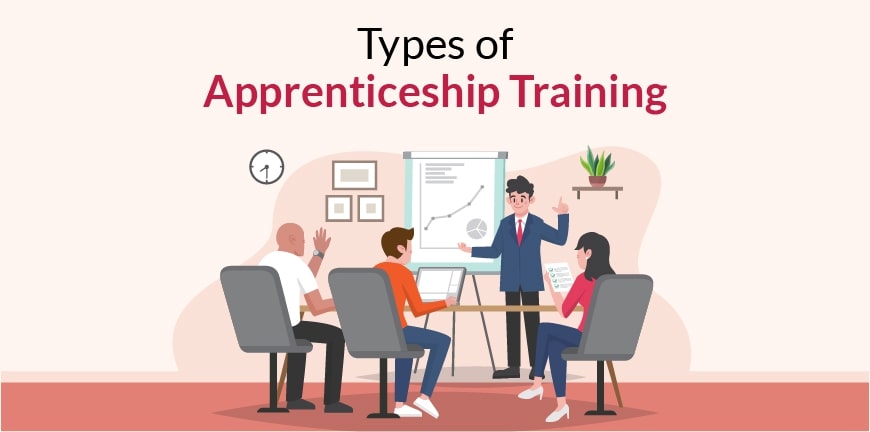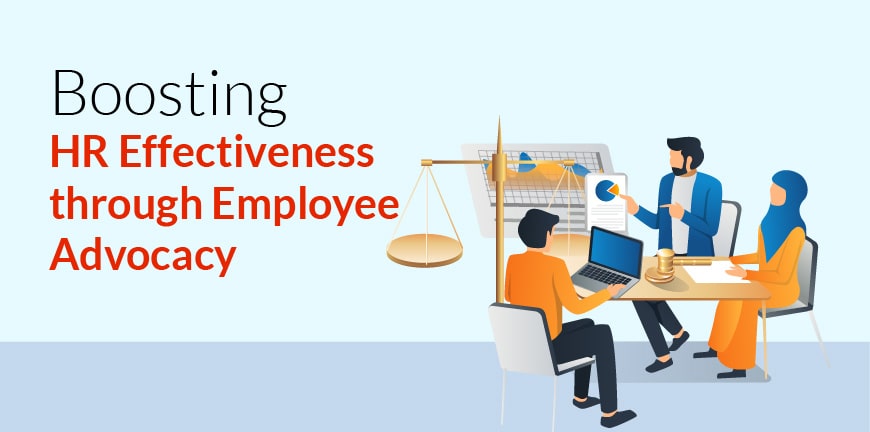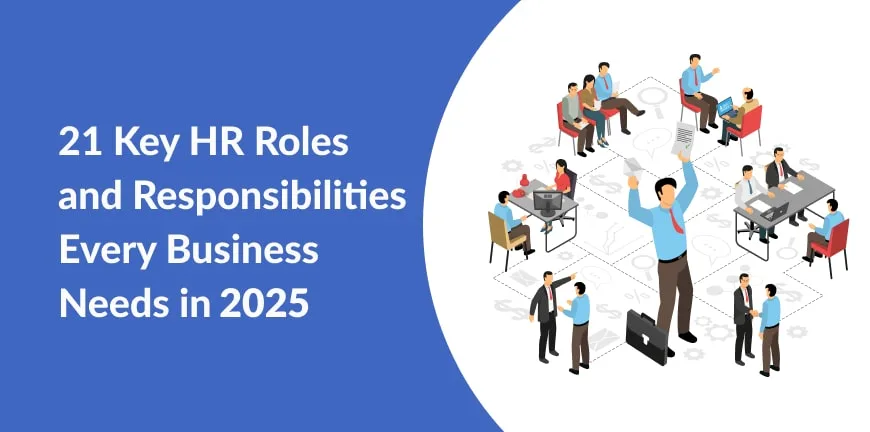
Improving Patient Outcomes: Pharma’s Support Program Advancements
27/10/2023
Types of Apprenticeship Training
31/10/2023Employee Advocacy has never been more relevant than it is in today’s time. With corporate marketing being questioned constantly, opinions of employees seem more and more relatable and reliable. With people advertising and advocating about everything on social media, whether true or false, companies are careful to sensor everything.
Some even go as far as issuing NDAs (Non-Disclosure Agreements) and prescriptive content. But of course, when companies try to dictate how employees advocate, people can see through the façade.
Spreading positive stories consistently surrounding work culture, professional relationships, fun events, training opportunities, benefits in action and more – ensures positive images are formed about the company and are constantly reinforced with the more examples provided. This real, insider content is extremely underrated.
What is Employee Advocacy?
Employee Advocacy is when an employee acts as an advocate to your company’s brand, in simple words, a spokesperson who enhances your brand’s image.
Employee advocacy is a marketing and branding strategy that leverages the voice and influence of a company’s employees to promote the organization’s messages and values. It involves empowering and encouraging employees to become advocates for their company, both online and offline. By doing so, companies can tap into the credibility and authenticity of their workforce to enhance their brand image, engage with customers, and drive business growth.
While Employee advocacy has been in the mill for decades it has only gained massive popularity in recent times. The credit for this popularity is to be given to the widespread use and influence of social media.
Everyone is on social media these days, that is quite evident. People have started using social media platforms like Facebook, Instagram, LinkedIn and much more to voice out their thoughts and be seen. This is particularly advantageous to companies to reach out to their target audience, create exposure and boost their company’s branding.
How is Employee Advocacy relevant to HR efforts?
Talking strictly about how employee advocacy can help the HR, it offers a valuable avenue for HR to strengthen employer branding, talent acquisition, employee engagement, and overall HR effectiveness. It leverages the authentic voices of employees to enhance the reputation of the organization and create a more positive and engaged workforce.
To maximize the benefits of employee advocacy for HR:
- Provide training and guidelines to HR professionals and employees on how to use social media and other channels for advocacy while adhering to company policies.
- Use dedicated employee advocacy platforms and tools to facilitate content sharing, track engagement, and measure the impact of HR-related advocacy efforts.
- Foster a culture of advocacy within the HR department by recognizing and rewarding active advocates.
- Regularly assess the impact of HR-related employee advocacy on recruitment, engagement, and other HR-specific KPIs.
Employee Advocacy matters for recruiters.
Employee advocacy can help attract more and better candidates for your open positions, as well as improve your retention and engagement rates.
According to a LinkedIn report, 58% of candidates say they would consider working for a company if they saw positive content from its employees on social media.
Additionally, 76% of consumers say they trust content shared by regular people more than by brands. This is good news for brands as it can help enhance your credibility and trustworthiness as an employer. Employee advocacy can also help you highlight your culture, values, and impact, which are key factors for candidates who are looking for meaningful and fulfilling work.
What is a Good Employee Advocacy Program?
A good and successful employee advocacy program is one that is well-planned, effectively implemented, and continuously evaluated. Some of the key components of a good employee advocacy program are-
Define Clear Objectives:
Define specific, measurable HR goals for your advocacy program. What do you want to achieve? Boost employee engagement? Generate leads? Talent acquisition? Make sure your goals are clear.
Leadership and Buy-In:
Ring in your top management and key stakeholders. You need their support and endorsement to secure the required resources and ensure the program’s success.
Clear Guidelines and Training:
The right training can help in the making of effective advocates. Make sure that the training includes-
- Educating employees on about the company’s mission, values, and messaging
- How to use social media and other channels responsibly.
Advocacy Tools and Technology:
Invest in dedicated employee advocacy tools and platforms that make it easy for employees to discover and share content. These tools can also help you track engagement and measure the program’s impact.
Content Strategy:
Your employees need the right content to act as effective advocates. Develop content that aligns with HR goals. Develop a content strategy with a variety of content to share, including blog posts, videos, infographics, and company updates.
Incentives and Recognition:
Even an advocate expects a certain recognition or an incentive in return for actively participating in the advocacy program. Rewards can be financial, such as bonuses or gift cards, or non-monetary, like public recognition or opportunities for professional development.
Compliance and Monitoring:
This point is often overlooked but should not be. It is extremely important for employees to ensure they follow company policies, industry regulations, and ethical standards when advocating which is why you need to implement monitoring and the right moderation systems to prevent inappropriate content sharing.
Data Analysis:
Regularly analyse the program’s data to track its impact on key performance indicators (KPIs). Evaluate how advocacy efforts are contributing to your business goals and make data-driven decisions to refine your strategy.
Engage and Recognize Advocates:
Actively engage with and recognize your advocates. Encourage their opinions and suggestions. Celebrate their contributions to the program to motivate continued participation.
Support and Resources:
Offer ongoing support and resources to advocates. Provide them with up-to-date content, responding to their questions or concerns, and offer resources to help them improve their advocacy skills.
Scaling and Expansion:
As the program matures, you can expand its reach and include more teams or departments and encourage advocacy across different channels, such as speaking engagements, podcast appearances, or guest blog posts.
Benefits of Employee Advocacy on the HR department
Employee advocacy can offer several significant benefits to the Human Resources (HR) department. Here are some ways in which HR can benefit from employee advocacy:
- Employee advocacy helps HR highlight the company culture, values, and work environment to a broader audience.
- HR professionals can share content that highlights the company’s positive aspects, making it more attractive to potential candidates.
- HR can encourage current employees to refer qualified candidates for job openings. This approach is cost-effective and tends to bring in candidates who are a better cultural fit for the organization.
- Employee advocacy can expand the reach of job postings and HR recruitment Employees sharing job openings on their social networks can attract passive job seekers and a more diverse range of candidates.
- HR can utilize employee advocacy to boost participation in HR programs, benefits, and engagement initiatives. Sharing updates about wellness programs, diversity and inclusion efforts, and employee recognition can create awareness and enthusiasm among the workforces.
- HR can encourage employees to share their experiences and growth within the organization. This can serve as a source of inspiration for others and promote the company as a place for career advancement.
- In times of crisis or significant change, HR can utilize employee advocacy to provide accurate information and maintain trust among employees. They can serve as reliable sources of information during challenging times.
- When employees actively advocate for their company, it often reflects their pride in being part of the organization, which can boost morale and job satisfaction.
- HR can collect and share employee testimonials and success stories. These narratives can be powerful in illustrating the company’s commitment to its employees and their career growth.
Final Words
Employee advocacy programs can be a game-changer for Human Resources (HR) departments, offering a myriad of benefits that positively impact the organization as a whole. By harnessing the power of employee advocacy within HR, companies can achieve their recruitment, engagement, and branding objectives with remarkable efficiency.
These programs empower HR professionals to become enthusiastic advocates for their organization, and in doing so, they contribute to the creation of a more engaged and motivated workforce. From enhancing employer branding to promoting HR initiatives and strengthening the sense of community and engagement within the company, the advantages of a well-planned employee advocacy program in HR are numerous and far-reaching.
As the workplace landscape evolves, HR leaders who embrace and leverage employee advocacy will be better positioned to attract top talent, boost employee satisfaction, and drive their organizations toward sustained success.
Contact Us For Business Enquiry

Rajkumar Shanmugam
Rajkumar Shanmugam is the Head of HR at ALP Consulting, bringing over 19 years of comprehensive HR leadership experience across India and international markets. His expertise spans talent acquisition, employee relations, performance management, compliance, and HR transformation. Rajkumar has a proven track record of driving people-centric initiatives, enhancing workplace culture, and aligning HR strategy with business goals. With extensive experience in US staffing operations and global mobility, he continues to lead organizational excellence through innovation and employee engagement.




